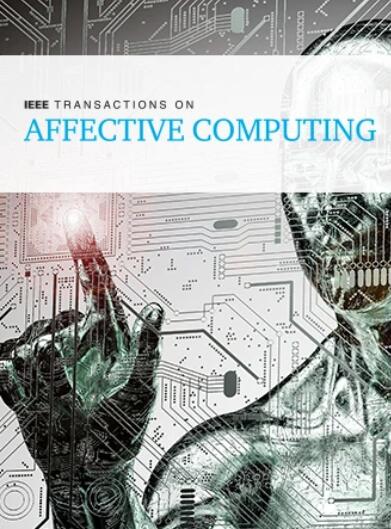FBSTCNet: A Spatio-Temporal Convolutional Network Integrating Power and Connectivity Features for EEG-Based Emotion Decoding
IF 9.8
2区 计算机科学
Q1 COMPUTER SCIENCE, ARTIFICIAL INTELLIGENCE
引用次数: 0
Abstract
Electroencephalography (EEG)-based emotion recognition plays a key role in the development of affective brain-computer interfaces (BCIs). However, emotions are complex and extracting salient EEG features underlying distinct emotional states is inherently limited by low signal-to-noise ratio (SNR) and low spatial resolution of practical EEG data, which is further compounded by the lack of effective spatio-temporal filter optimization approaches for generic EEG features. To address these challenges, this study proposes a set of neural networks termed the Filter-Bank Spatio-Temporal Convolutional Networks (FBSTCNets) for performing end-to-end multi-class emotion recognition via robust extraction of power and/or connectivity features from EEG. First, a filter bank is employed to construct a multiview spectral representation of EEG data. Next, a temporal convolutional layer, followed by a depth-wise spatial convolutional layer, performs spatio-temporal filtering, transforming EEG into latent signals with higher SNR. A feature extraction layer then extracts power and/or connectivity features from the latent signals. Finally, a fully connected layer with a cropped decoding strategy predicts the emotional state. Experimental results on two public emotion EEG datasets, SEED and SEED-IV, demonstrate that FBSTCNets outperform previous benchmark methods in decoding accuracy. Our approach provides a principled emotion decoding framework for designing high-performance spatio-temporal filtering networks tailored to specific EEG feature types.FBSTCNet:基于脑电图的情感解码的时空卷积网络,整合了功率和连接性特征
基于脑电图(EEG)的情绪识别在情感脑机接口(BCI)的开发中发挥着关键作用。然而,情绪是复杂的,提取蕴含在不同情绪状态下的显著脑电图特征本身就受限于实际脑电图数据的低信噪比(SNR)和低空间分辨率,而缺乏针对通用脑电图特征的有效时空滤波器优化方法又进一步加剧了这一问题。为了应对这些挑战,本研究提出了一套神经网络,称为 "滤波器库时空卷积网络"(FBSTCNets),通过从脑电图中稳健地提取功率和/或连接特征来执行端到端的多类情绪识别。首先,采用滤波器组构建脑电图数据的多视角频谱表示。接着,时间卷积层和深度空间卷积层执行时空滤波,将脑电图转换为信噪比更高的潜信号。然后,特征提取层从潜信号中提取功率和/或连接特征。最后,全连接层采用裁剪解码策略预测情绪状态。在 SEED 和 SEED-IV 这两个公共情绪脑电图数据集上的实验结果表明,FBSTCNets 的解码准确性优于之前的基准方法。我们的方法为设计针对特定脑电图特征类型的高性能时空滤波网络提供了一个原则性的情绪解码框架。
本文章由计算机程序翻译,如有差异,请以英文原文为准。
求助全文
约1分钟内获得全文
求助全文
来源期刊

IEEE Transactions on Affective Computing
COMPUTER SCIENCE, ARTIFICIAL INTELLIGENCE-COMPUTER SCIENCE, CYBERNETICS
CiteScore
15.00
自引率
6.20%
发文量
174
期刊介绍:
The IEEE Transactions on Affective Computing is an international and interdisciplinary journal. Its primary goal is to share research findings on the development of systems capable of recognizing, interpreting, and simulating human emotions and related affective phenomena. The journal publishes original research on the underlying principles and theories that explain how and why affective factors shape human-technology interactions. It also focuses on how techniques for sensing and simulating affect can enhance our understanding of human emotions and processes. Additionally, the journal explores the design, implementation, and evaluation of systems that prioritize the consideration of affect in their usability. We also welcome surveys of existing work that provide new perspectives on the historical and future directions of this field.
 求助内容:
求助内容: 应助结果提醒方式:
应助结果提醒方式:


